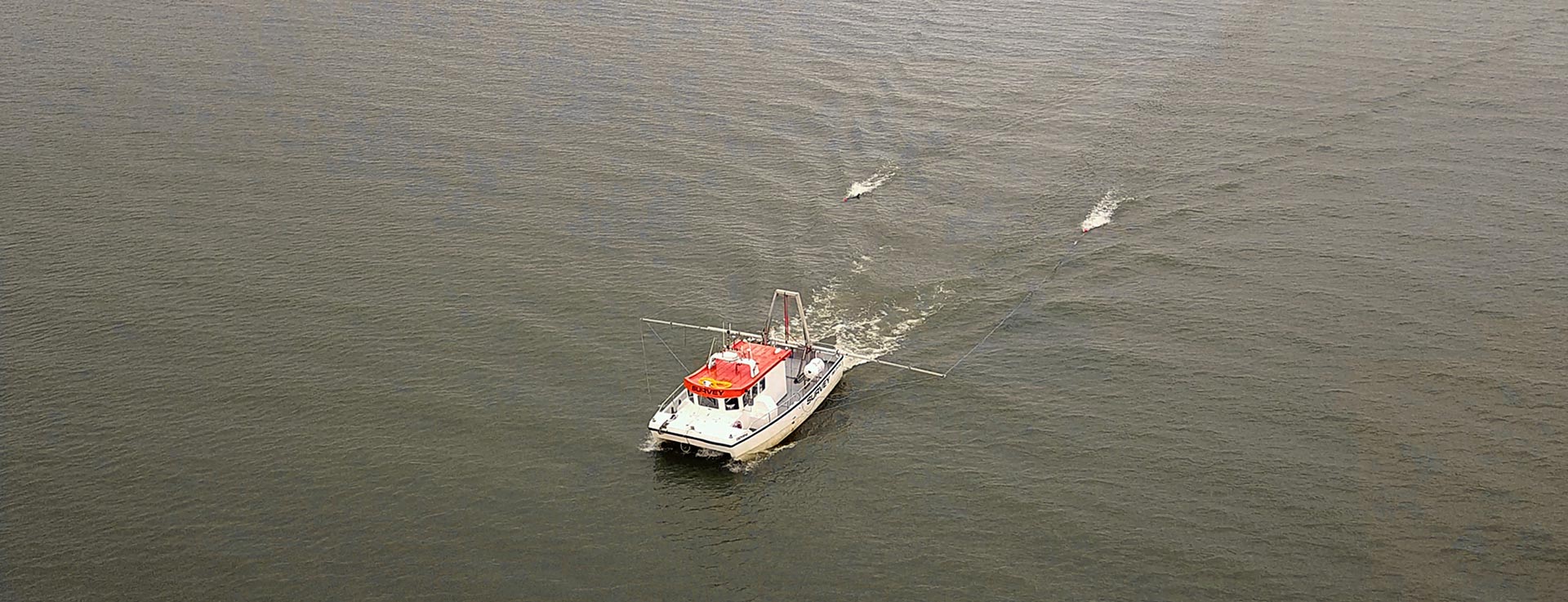
Archaeological survey on Dutch Ijsselmeer
Deep successfully performed an archaeological survey with its newly developed Terrella Magnetometer Sensor In previous independent research (Van Den Brenk and van Lil, 2019) magnetic lineations were discovered in the Dutch Ijsselmeer and Markermeer. These magnetic lineations seem to be continuations of interesting archaeological remainings of pre-historic riverbeds. These recordings, however, only cover a small area of the potentially interesting locations in both lakes. Deep was commissioned to carry out a magnetometer and side scan sonar survey to map a larger part of the research area. Magnetometer data acquisition was undertaken by utilizing the recently developed Terrella sensor. This magnetometer sensor is developed by Deep for conducting UXO surveys, and because of its high specifications it is also excellent for measuring geological deposits. For this project Deeps survey catamaran MV Gemini towed 2 Terrella Gradio MAG-frames. By sailing a predefined line pattern the towed sensor frames are able to map changes in the magnetic field; different geological deposits can be detected because they usually have a different magnetic field strength due to a different origin. The Terrella sensor measures with a frequency of 1000 Hz, which means that not only a higher sailing speed is possible, but also 100 times more data can be recorded in comparison with industry standard magnetometer systems. The Terrella sensor has a sensitivity that is 4 times higher than sensors available on the market. This results in smaller deviations in the earth’s magnetic field being observed. The data was obtained as part of a project within the new Maritime Program of the Dutch Cultural Heritage Agency. Researchers will further examine the results of the survey to determine if the lineations can be linked to geomorphological features of the past.


